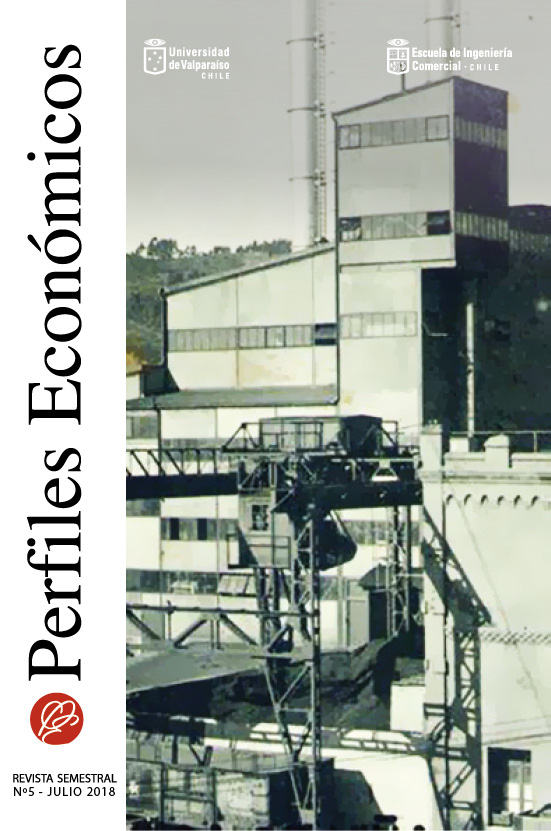El Problema de la Obesidad y sus Efectos Sobre el Mercado Laboral Chileno
DOI:
https://doi.org/10.22370/rpe.2018.5.1238Keywords:
Obesidad, Índice de masa corporal (IMC), Efectos Fijos, DiscriminaciónAbstract
El actual problema de la obesidad en Chile trae consecuencias desfavorables en términos sociales y económicos, tales como elevados gastos de salud en que debe incurrir el Estado y penalidades en los resultados laborales para individuos que presentan esta condición, hacia lo cual se ha inclinado la evidencia empírica. En este sentido, considerando que a la fecha de este estudio más de un 25% de la población chilena es obesa, se hace urgente estimar las potenciales pérdidas que esta realidad implica sobre la economía del país. Por ende, haciendo uso del panel de la encuesta de protección social (EPS), proponemos una serie de especificaciones de efectos fijos para analizar los efectos de la obesidad sobre productividad, participación y probabilidad de empleo, a la vez que revisaremos la relación entre esta condición y diferentes medidas de salud, en un intento por reconocer los canales a través de los cuales altos índices de masa corporal (IMC) afectan el mercado laboral. Así, fuimos capaces de demostrar un efecto negativo
no lineal en las mujeres para todas las medidas que estudiamos, apreciando tanto un efecto independiente de la obesidad (el cual puede ser asociado a una discriminación laboral), como uno
Downloads
Downloads
Published
How to Cite
Issue
Section
License
Those authors who have publications with this journal accept the following terms:
1.- Authors will retain their copyright and grant the journal the right of first publication of their work, which will simultaneously be subject to the Creative Commons Attribution License (CC BY-NC-ND 4.0 International) https://creativecommons.org/licenses/by-nc-nd/4.0/deed.es which allows third parties to share, copy and redistribute the material in any medium or format.
- Attribution: credit must be given appropriately, provide a link to the license, and indicate if changes have been made. It may be done in any reasonable manner, but not in such a way as to suggest that the use is supported by the licensor.
- Non-Commercial: No use of the material may be made for commercial purposes.
- No Derivatives: Any remix, transformation or creation from the material, the modified material may not be distributed.
- No Additional Restrictions: No legal terms or technological measures may be applied that legally restrict others from making any use permitted by the license.
2.- Authors may adopt other non-exclusive license agreements for distribution of the published version of the work (e.g., depositing it in an institutional telematic archive or publishing it in a monographic volume) as long as the initial publication in this journal is indicated.
3.- Authors are allowed and encouraged to disseminate their work through the Internet (e.g., in institutional telematic archives or on their web page) before and during the submission process, which can produce interesting exchanges and increase citations of the published work. (See The Open Access Effect).









